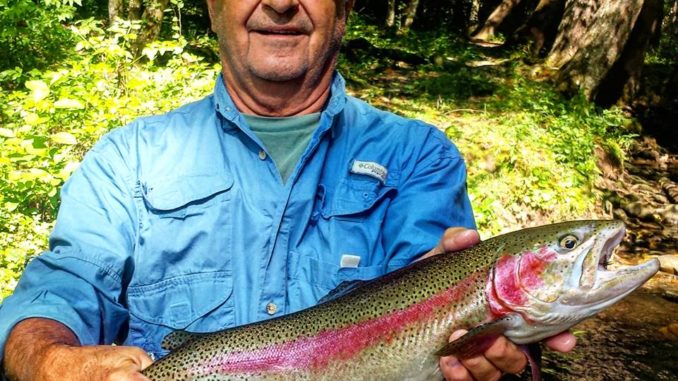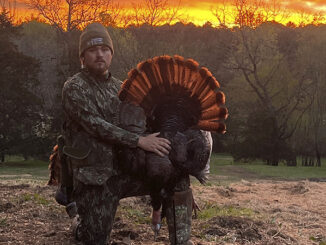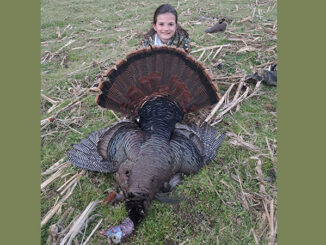
Bryson City guide says insect hatches are keeping things lively, especially in Smokies
Trout anglers can experience good-to-great fishing now through November in North Carolina’s high country, according to a Bryson City guide.
“Fishing’s really good right now,” said Gene Shuler, owner of Fly Fishing the Smokies Guide Service (828-488-7665). “The Little Sallie (stonefly) hatch is excellent in Great Smoky Mountains National Park streams.”
Other top late-summer flies include green inchworms, stimulators, nymphs and black ants.
“We’re mostly fishing in the Great Smokies National Park streams for small, wild fish, from 6 to 12 inches long, including brook, brown and rainbow trout,” Shuler said. “We also fish the Oconaluftee River trophy section at Cherokee and the Nantahala River, where we can get into trout 18 to 27 inches – browns and rainbows.”
In the Smokies, some of Shuler’s favorite streams are Deep, Hazel, Forney and Hazel creeks, but Hazel – only reachable by boat from across Fontana Lake – is hit hard by anglers during the summer, so he recommended trying other creeks.
Shuler, who employs 15 guides using six drift boats, has been having plenty of success floating or wading for smallmouth bass and spotted bass from 1 to 3 pounds, with an occasional bigger fish, on trips down the Little Tennessee River, one of Fontana’s three main tributaries.
For fly fishing small streams, Shuler recommends 4-weight rods; 5-weights will work better in larger streams. For spinning tackle, ultra-light rods and 6-pound line work in wider, deeper waters.
“If you prefer spin-tackle fishing, we catch trout with soft-plastic lures and hard baits,” Shuler said. “Four-inch green-pumpkin and motor oil lizards with quarter-ounce Texas weights, pearl/white Fluke Juniors, and topwater lures like Pop-Rs will take smallmouths and spots at the Little Tennessee. They average 1 to 3 pounds with a few 4- and 5-pounders in the mix.”
Little Tennessee fly fishers prefer 9-foot, 6-weight rods to cast poppers and Clouser minnows for smallies and spotted bass.
“Somebody stocked (spots) in Fontana illegally a few years ago,” Shuler said. “Later during creel studies, the (N.C. Wildlife Resources Commission) found the lake was eat up with them, but they haven’t hurt the smallmouth bass or any other species, which is fine with me, because they’re the same sizes as the smallmouths but more aggressive.”





Be the first to comment